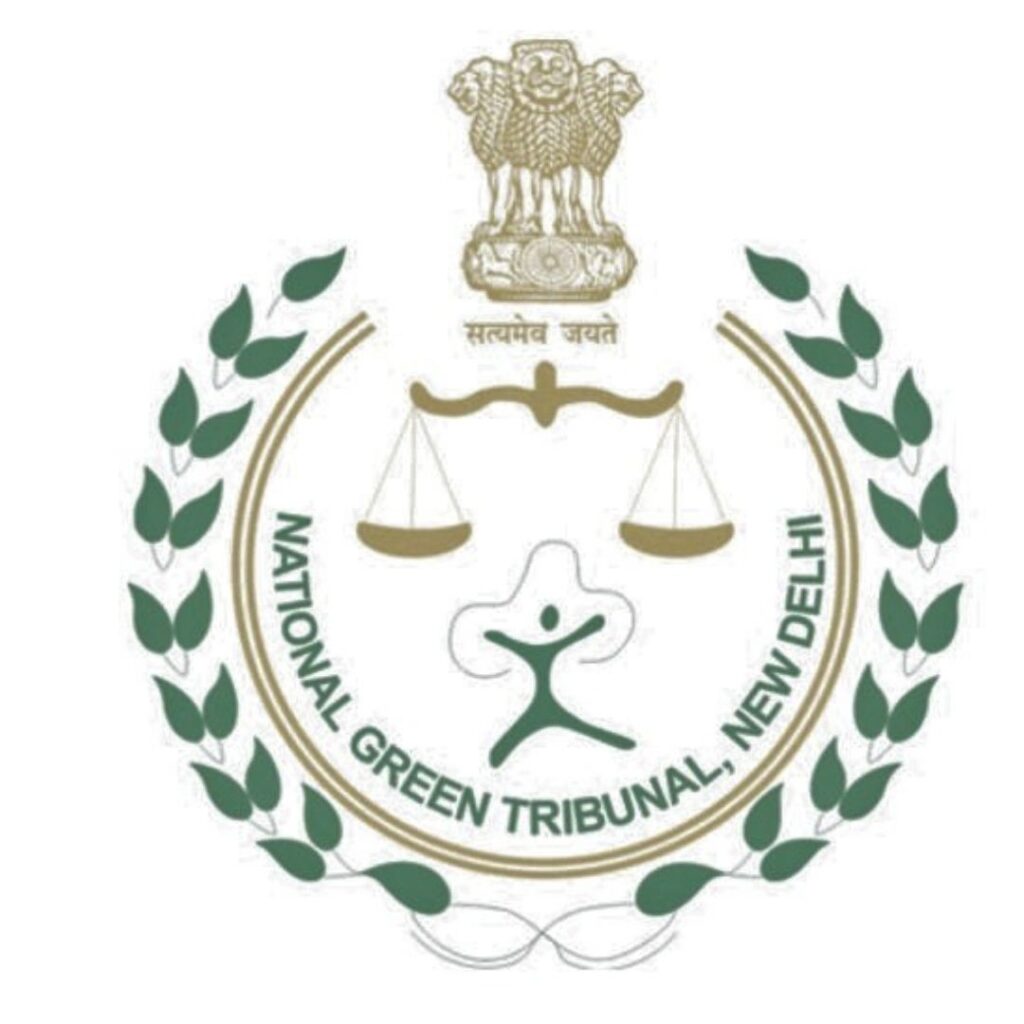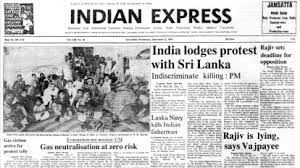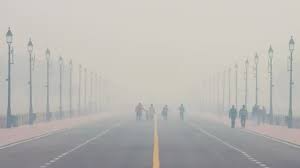
NGT - The National Green Tribunal
NGT Orders Sewer Progress Report in Delhi: Sangam Vihar Project Faces Scrutiny
NGT – The National Green Tribunal, India’s top environmental watchdog, has issued a formal directive to the Delhi Jal Board (DJB) to submit a detailed report on the progress of the sewer line project in Sangam Vihar. This development comes amid growing concerns from residents, environmental groups, and civic activists over delays, inefficiencies, and environmental risks associated with untreated sewage in one of Delhi’s most densely populated localities.

This investigative article examines the context, implications, and potential outcomes of the NGT’s intervention — exploring the technical, administrative, and political dimensions that surround this critical public infrastructure project.
Background: Sangam Vihar’s Longstanding Sewer Problem
Sangam Vihar, located in South Delhi, is one of Asia’s largest unauthorized colonies. For decades, its residents have relied on septic tanks and open drains due to the absence of a formal sewerage system. This has resulted in severe sanitation issues, groundwater contamination, and a persistent risk of disease outbreaks.
While the Delhi government announced multiple plans over the years to bring sewerage infrastructure to Sangam Vihar, actual execution has been slow. The current project, managed by the Delhi Jal Board, was supposed to significantly improve public health and environmental conditions by connecting thousands of households to an underground sewer network.
NGT’s Involvement and Directive
The NGT’s involvement began after environmental petitions highlighted how untreated sewage from Sangam Vihar was flowing into stormwater drains, eventually polluting the Yamuna River. Petitioners argued that delays in the sewer line project were not just an administrative lapse but a direct violation of environmental protection laws and citizens’ right to clean water.
On reviewing the matter, the NGT has now directed the Delhi Jal Board to provide:
- A status update on project completion milestones.
- An explanation for delays, if any, including contractor performance and fund utilization.
- A compliance roadmap ensuring that untreated sewage is prevented from entering natural water bodies.
Economic and Environmental Stakes
Economic Costs
Delays in completing the sewer line have a compounding financial effect. Not only does the cost of materials and labor rise over time, but the DJB also faces potential penalties for environmental non-compliance. Residents continue to spend out-of-pocket on septic tank cleaning services, which adds to their household expenses.
Environmental Impact
Untreated sewage contributes to high levels of biochemical oxygen demand (BOD) in the Yamuna, threatening aquatic life and degrading the river’s ecosystem. It also increases ammonia levels, making the water unfit for consumption and irrigation.
Environmental experts have warned that Sangam Vihar’s sewage problem is a small but significant contributor to Delhi’s larger water crisis, where river pollution, depleting groundwater, and erratic monsoons form a dangerous combination.
Delhi Jal Board’s Position
The Delhi Jal Board has acknowledged the delays but cites multiple challenges:
- Land Acquisition Hurdles – Much of Sangam Vihar lacks formal land records, complicating pipeline laying.
- Encroachment – Narrow lanes and illegal constructions impede the movement of heavy machinery.
- Funding Gaps – Budgetary allocations have been spread thin due to competing infrastructure needs.
However, officials maintain that the project is still a top priority and have committed to meeting revised deadlines once logistical issues are resolved.
Political Dimensions of the Issue
Delhi’s governance is unique due to the shared power between the elected state government and the central government. The Delhi Jal Board operates under the state government, but environmental matters often involve central agencies.
Political parties have exchanged accusations:
- The Delhi government claims bureaucratic delays and lack of cooperation from central agencies have slowed progress.
- The central government counters that poor planning and inadequate execution strategies are to blame.
The sewer line issue has thus become both a civic concern and a political talking point, particularly as Delhi heads into upcoming municipal and state elections.
Residents’ Frustrations and Public Health Concerns
For residents of Sangam Vihar, the NGT’s directive offers a glimmer of hope but also raises skepticism. Many say they have heard promises before, yet continue to live with overflowing drains during monsoon months and foul smells in the summer heat.
Public health workers in the area report frequent cases of waterborne diseases such as cholera, typhoid, and hepatitis A — all linked to poor sanitation. Children and elderly residents are particularly vulnerable, with local clinics often overwhelmed during peak outbreak seasons.
Technical Aspects of the Sewer Project
The sewer line project involves multiple engineering challenges:
- Designing Networks for High Density – Sangam Vihar’s population density requires careful hydraulic planning to prevent blockages.
- Pump Stations – Several pumping stations are needed to move sewage to treatment plants, given the area’s uneven terrain.
- Integration with Existing Treatment Facilities – The project aims to connect to the Okhla and Kondli sewage treatment plants, which themselves are under capacity pressures.
NGT’s Potential Next Steps
If the Delhi Jal Board’s report reveals further delays or inadequacies, the NGT could:
- Impose monetary penalties.
- Direct a court-monitored action plan.
- Assign oversight to an independent technical panel.
The NGT has in past cases taken a hard stance against non-compliance, even summoning senior officials for personal explanations.
Expert Opinions
Environmental and urban planning experts argue that Sangam Vihar’s case is symptomatic of a larger issue — urban expansion outpacing infrastructure development.
Dr. Rakesh Sharma, an environmental scientist, notes:
“The challenge is not just about laying pipes. It’s about creating a sustainable waste management system that includes treatment, reuse, and public awareness. Without this, new infrastructure risks falling into disrepair.”
Possible Solutions and Recommendations
To avoid further setbacks, stakeholders recommend:
- Community Involvement – Involving residents in planning to identify optimal pipe routes and reduce encroachment disputes.
- Phased Implementation – Completing sections in phases so some residents benefit sooner.
- Technology Use – Employing trenchless technology to minimize disruption in congested areas.
- Funding Partnerships – Seeking assistance from central schemes or public-private partnerships to bridge financial gaps.
Broader Implications for Delhi
Sangam Vihar’s sewer project is not an isolated case. Similar challenges exist in other parts of the city, from unauthorized colonies to industrial hubs. The NGT’s intervention could set a precedent for accountability in urban infrastructure projects, particularly those with environmental implications.
Moreover, the success or failure of this project will influence public trust in government agencies and could sway political sentiment ahead of elections.
Conclusion
The NGT’s demand for a detailed progress report on the Sangam Vihar sewer line is more than a bureaucratic exercise — it is a test of administrative accountability, environmental commitment, and political will. For the residents who have waited decades for proper sanitation, the stakes are deeply personal.
If executed efficiently, the project could transform public health, improve quality of life, and reduce environmental damage to the Yamuna. But if delays persist, it risks becoming yet another case study in missed opportunities and governance gaps.
Delhi now waits for the Delhi Jal Board’s report — and for the actions that must follow.




